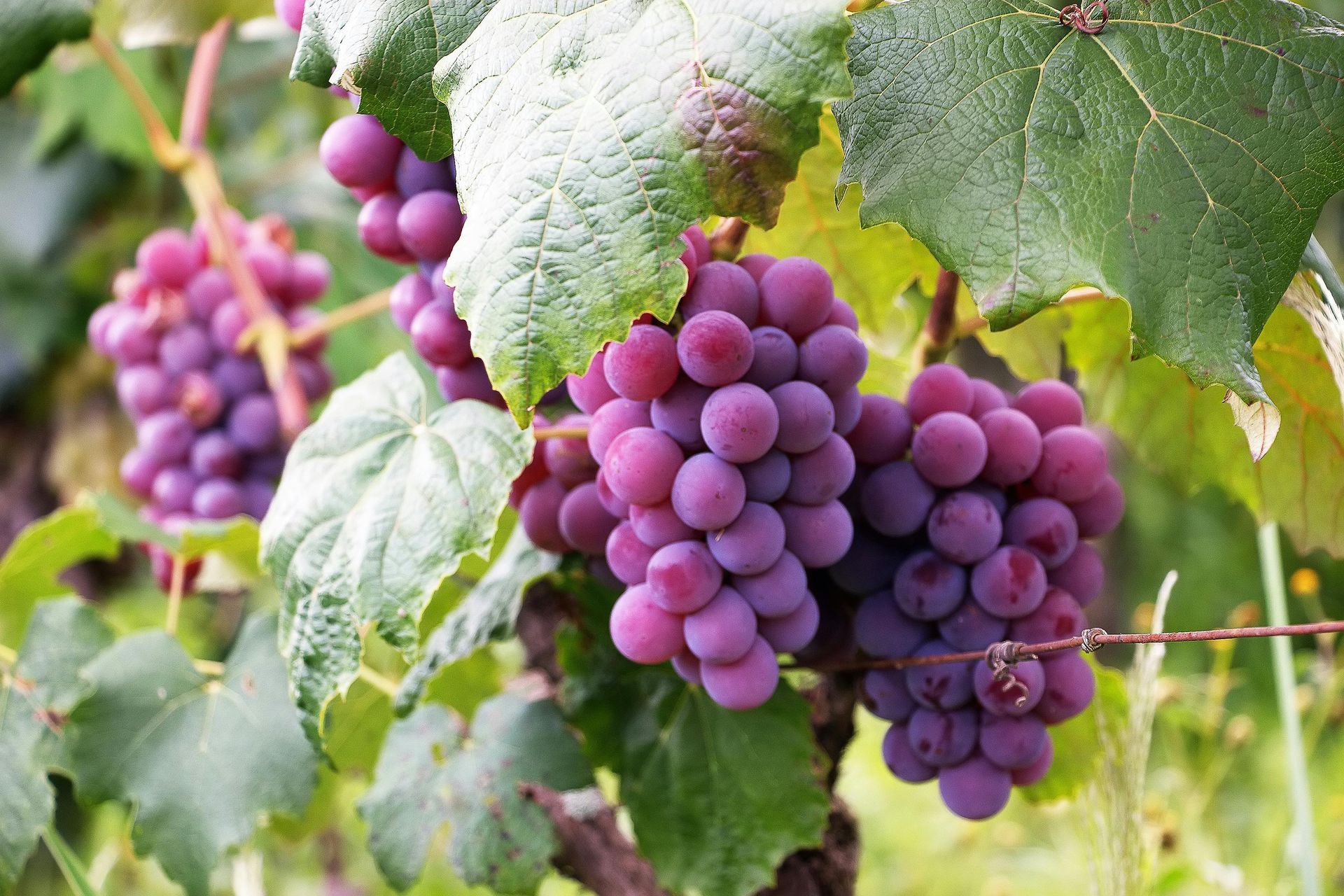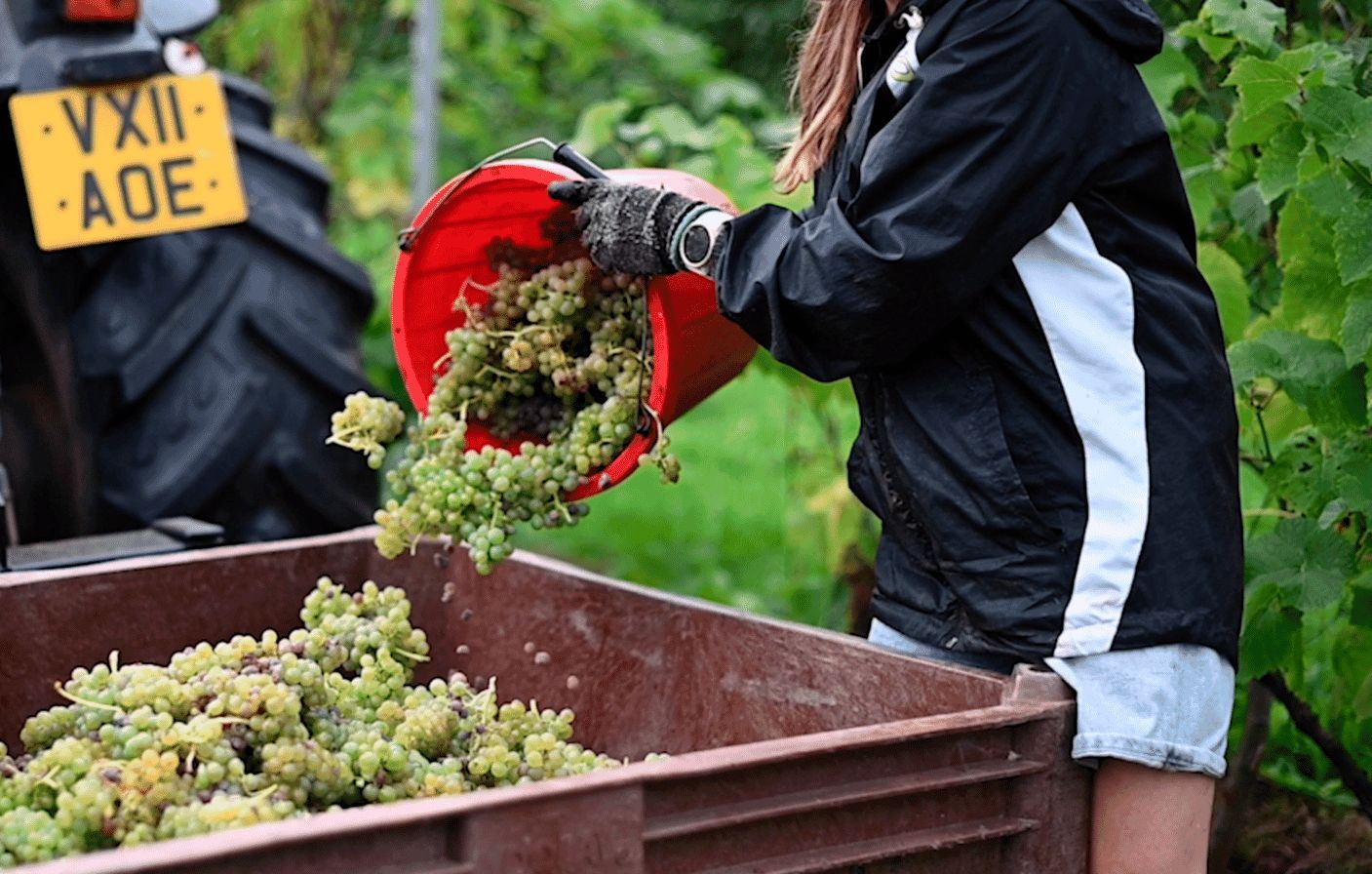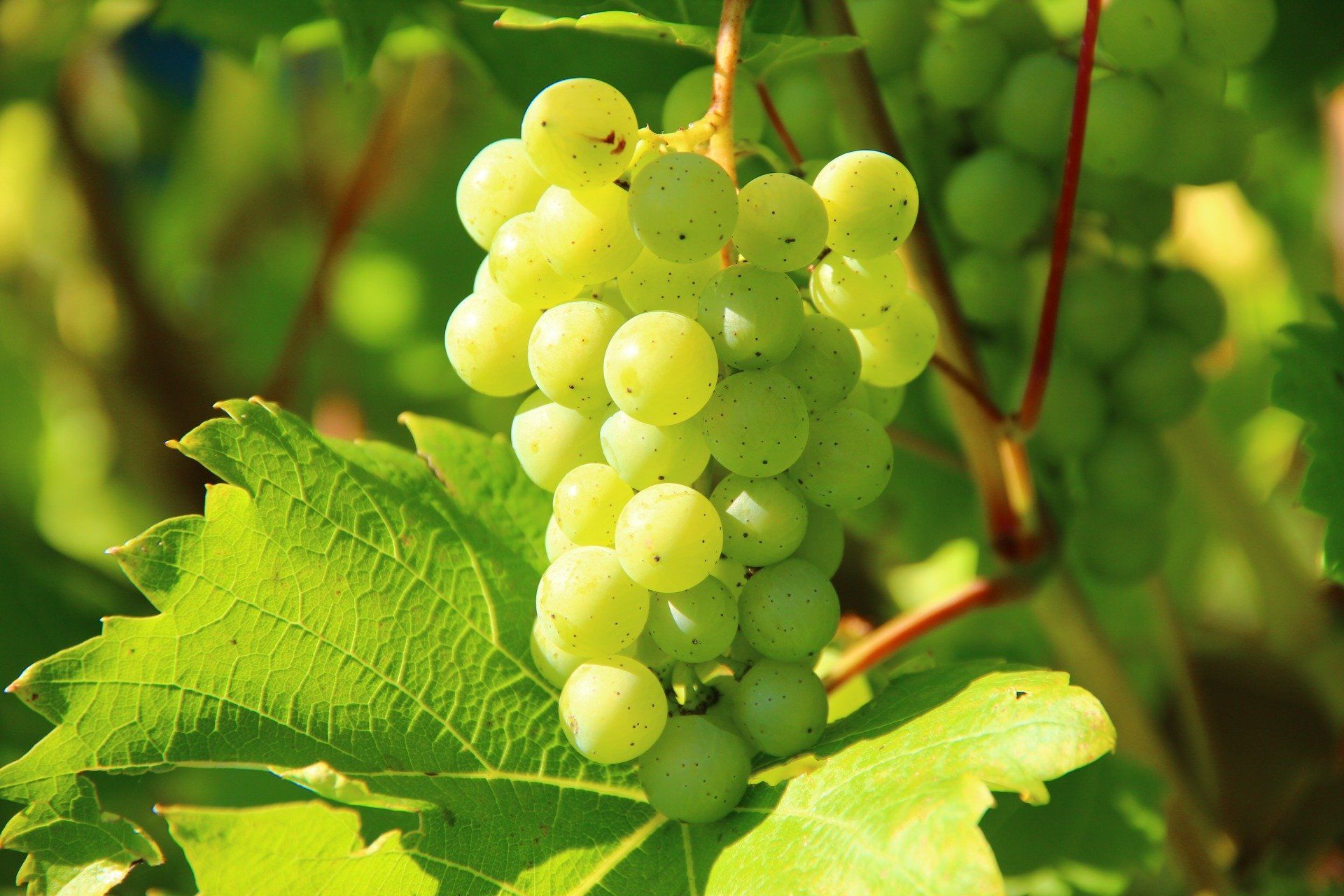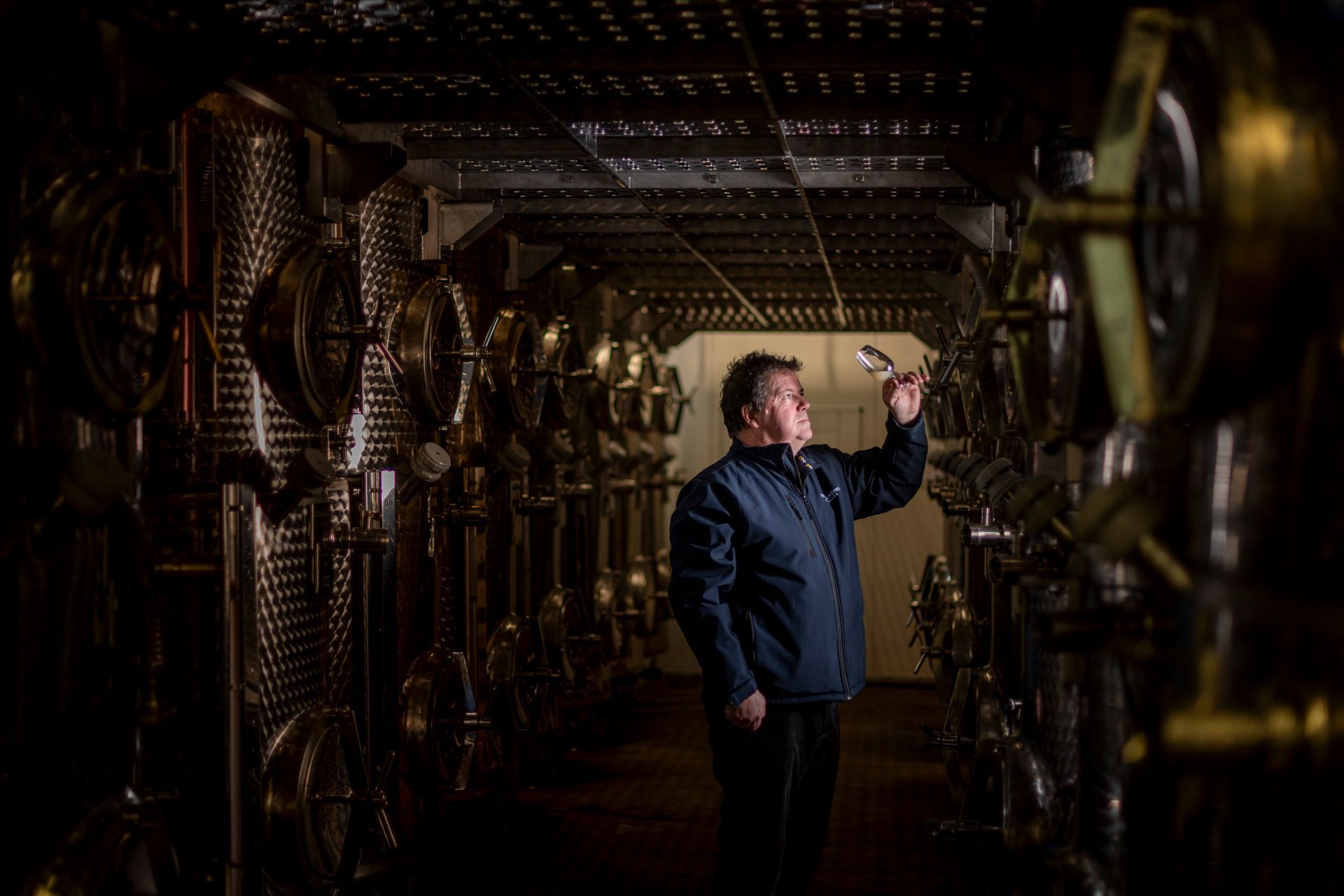The dangers of pairing wine to food
Pairing wine with food is all about finding the perfect combination. The wine and the food together should enhance your dining experience.
There are lots of books and apps out there ready to tell you what you should and shouldn’t be drinking with a particular meal. There is no harm in reading them and taking the advice they offer, but if you don’t agree with the advice, that is absolutely fine.
It is all too easy to get wrapped up in ‘the rules’, but everyone should be free to make their own choices based on their own personal tastes, without feeling that they are in some way wrong. Otherwise, something which should be a pleasure becomes a stressful situation.
There is a myth that to enjoy wine, you should be able to ‘understand’ it. That takes years of experience, which most people don’t have. The good news is, it’s not actually necessary to understand wine on any sort of deep level. The only thing you should understand about wine is enjoyment.
By tasting lots of wines and combining them with lots of foods, you will come to understand the really important thing – which wine is best for you.

Pairing wine and food
If you are confused about food and wine combinations, speak to us here at Three Choirs Vineyard or at a wine shop rather than the supermarket for some advice to get you started. Tell them your budget and what you are planning to cook and they will be able to come up with some suggestions.
This will give you ideas to use in future, as you start to understand the right pairings for you and the people you are cooking for.
Food tends to affect the taste of the wine more than the wine affects the taste of the food.
If the food is sweet, the wine might taste more bitter, more acid, less fruity and less sweet. If the food is salty, the wine will taste less bitter, more fruity and less acid. If the dish is acidic, the wine will taste less bitter, less acid, more fruity and softer.
There are some general rules that many people follow, which seem to work well. In short, full-bodied wines tend to go well with full-flavoured dishes, while lighter wines with less alcohol tend to complement food with more subtle flavours.
Some of these basic rules are:
- Salty foods, such as fish, work well with white wines. Champagne and sparkling wines also complement seafood.
- Spicy foods can be overwhelming with some wines, but a sweet white wine can help reduce the heat of the food. Others might prefer a fruity red wine with a spicy curry.
- Red meats work well with red wine, while white meats, such as chicken, tend to work better with white wine, including sparkling wines.
- Sweet foods should be paired with a wine which tastes sweeter than the food, or the wine will be overwhelmed by the food and lose its flavour.
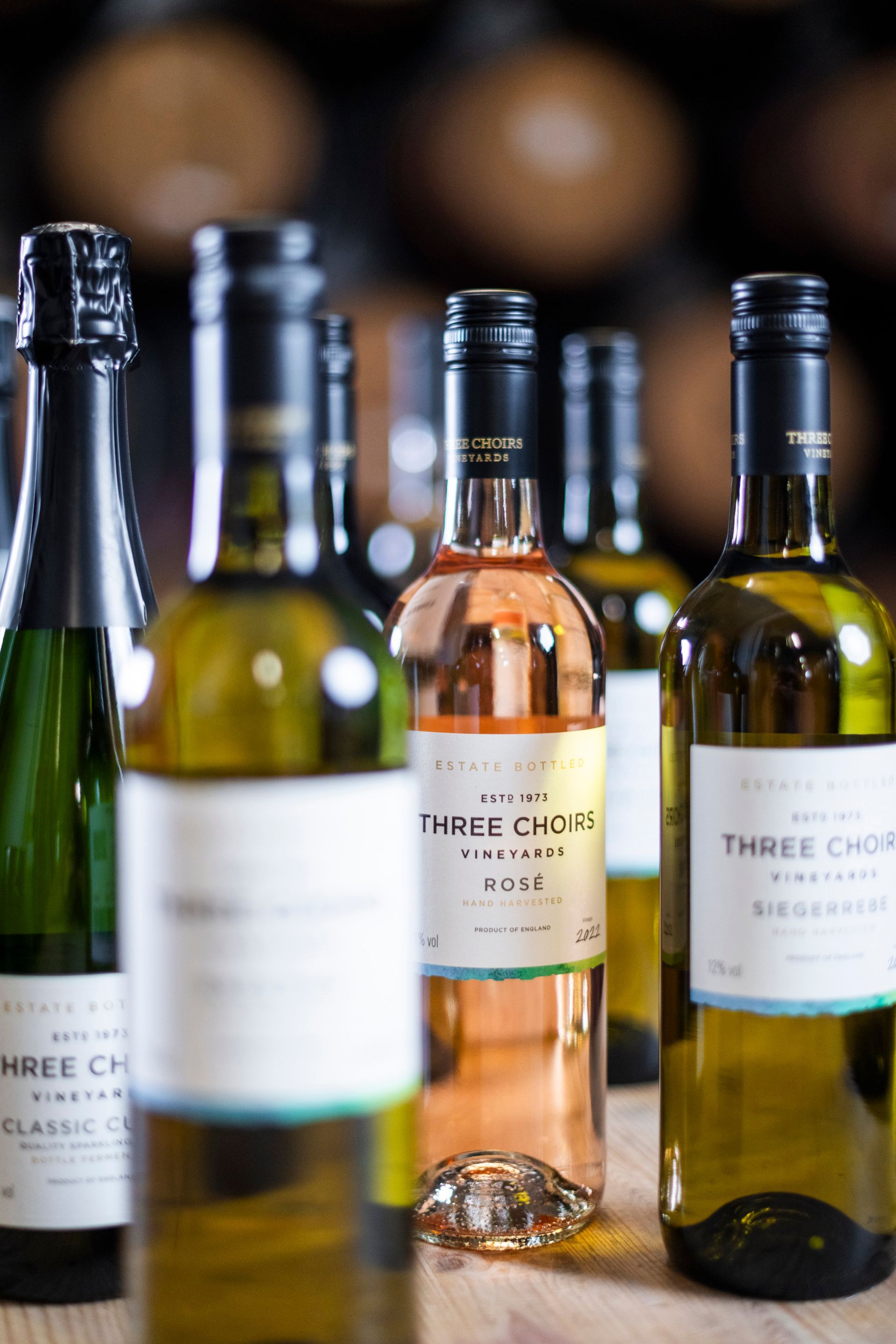
No rights or wrongs
The danger with food and wine pairings is that there is so much information out there, that it can become overwhelming and take all the pleasure out of drinking wine.
Enjoying wine with dinner should be one of life’s pleasures and the feeling that you’re drinking the ‘wrong’ wine can take away some of that pleasure. But there are no rights or wrongs, and nobody should judge you for your choices. If you prefer a white wine, there is no reason why you can’t drink it with red meat.
A wine you love combined with food you love will generally taste amazing. But that might just be because it’s good food and good wine, not that it is some magical combination which is greater than the sum of its parts.
Sometimes you might pair a wine and food which aren’t the right combination for you. That isn’t a great problem, because you will know not to pair them again in future, and you can continue to experiment with better combinations.
Variable factors
When you drink wine, there’s lots of factors going on which influence how you personally taste that wine. And that will be different for everyone.
There are lots of variables which influence how we each perceive a wine. These range from how well rested and hydrated you are to what you ate or drank before the first sip of wine, what kind of emotional state you are in and even the influence of knowing the price of the wine. And that is before we take into account that everyone tastes things slightly differently.
A sour tasting meal will taste much sourer for some people than for others. So, a wine recommended to pair perfectly with that meal will taste great for some people but may taste unpleasant for others. That means even an absolute sure-fire combination of food and wine will still be a ‘failure’ for some people because there are just too many variables to take into account.
When it comes to pairing wine to food, there is no ‘wrong’. There is no shame in choosing a combination which isn’t recommended by the experts or that your friends and family don’t think is right. The only important thing is to enjoy the food and to enjoy the wine.
If you choose food you like and wine you like, you can’t go wrong. You can take and follow advice from books or apps or from a waiter in a restaurant, but you shouldn’t expect it to be something more magical than it actually is.
And if you do choose a wine which really doesn’t work at all with what you’re eating, simply put the cork back in and put it away in the fridge to enjoy tomorrow on its own or with a different meal! What is so bad about that?
The danger of pairing wine to food is that pursuing the perfect combination takes away some of the joy of just eating and drinking. The truth is that there is always more than one right combination of food and wine. In fact, there are generally many bottles of wine that are right for a particular dish and very few that are wrong.
And if you’re drinking a wine you like with food you enjoy, but the combination isn’t perfect, does it really matter? You are still enjoying good food and good wine, and that is a win in most people’s eyes.
More from our blog...
